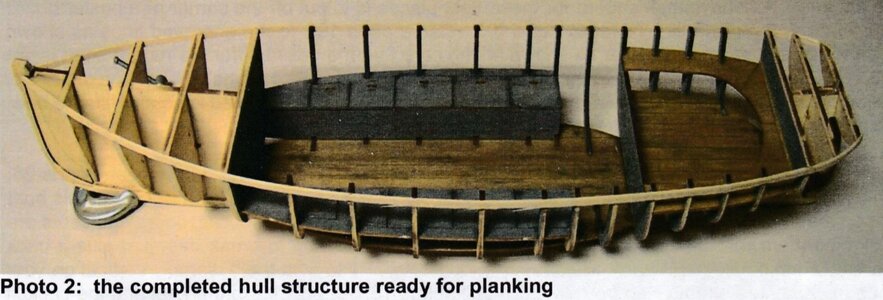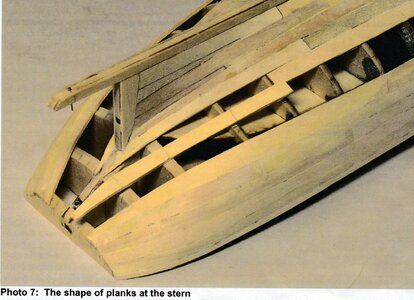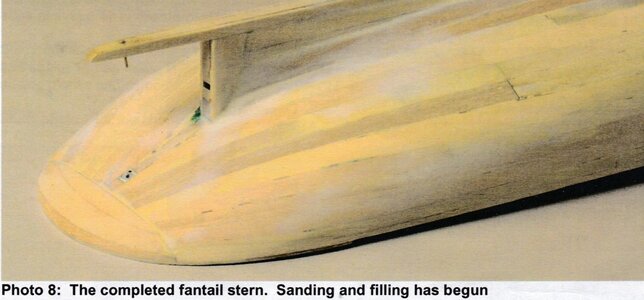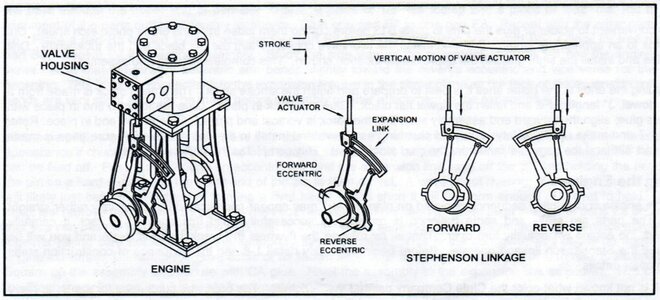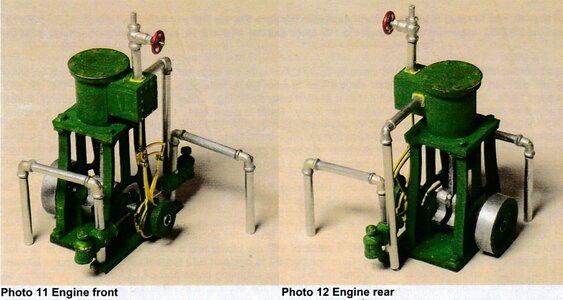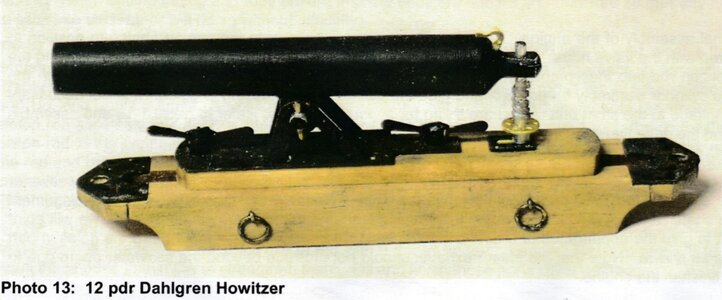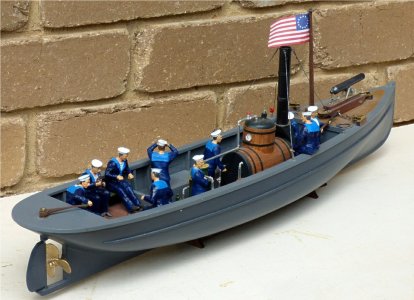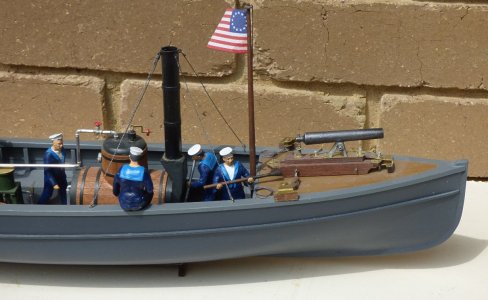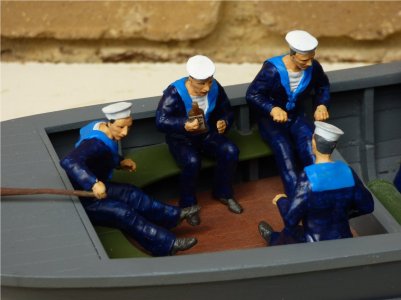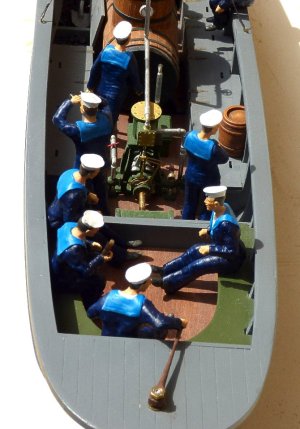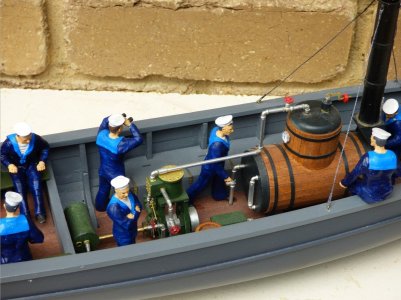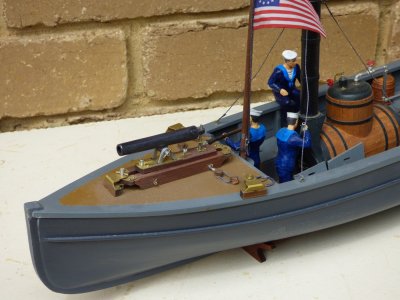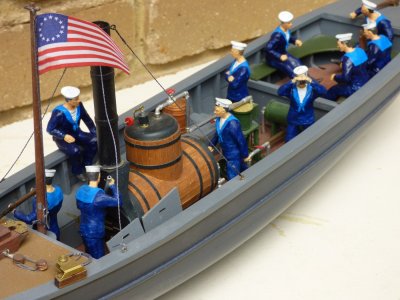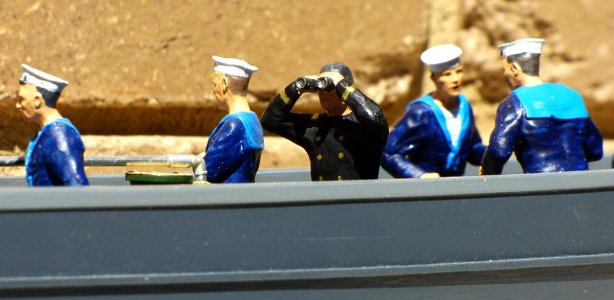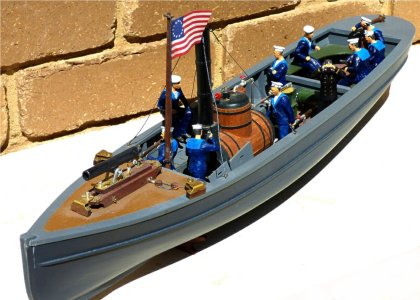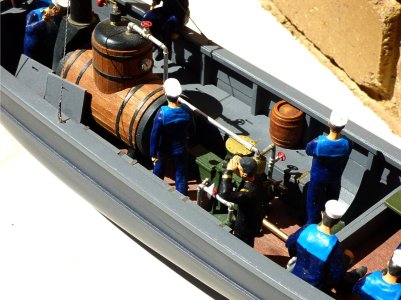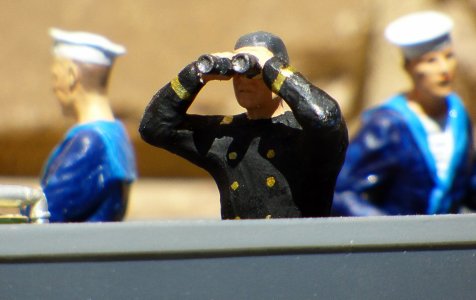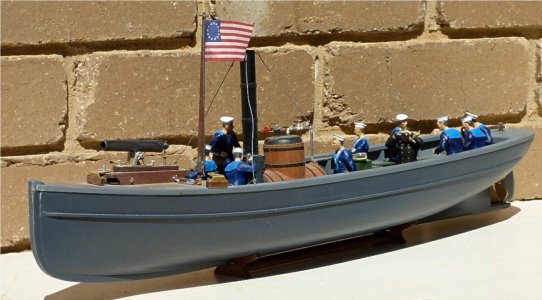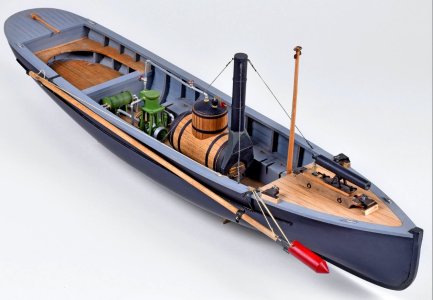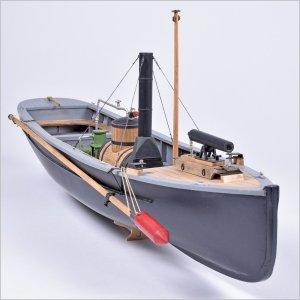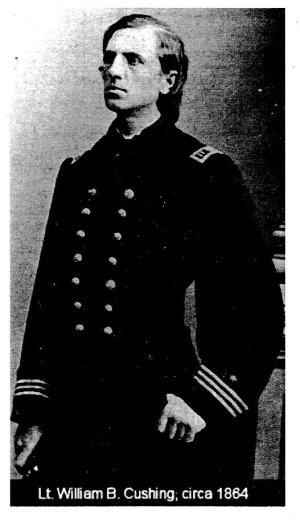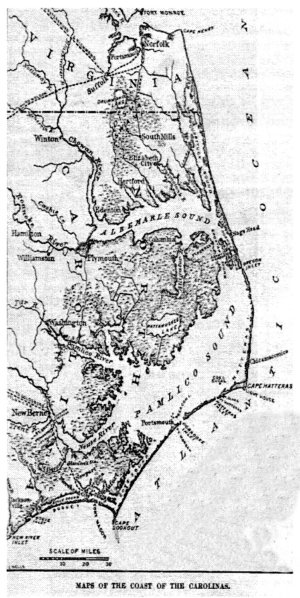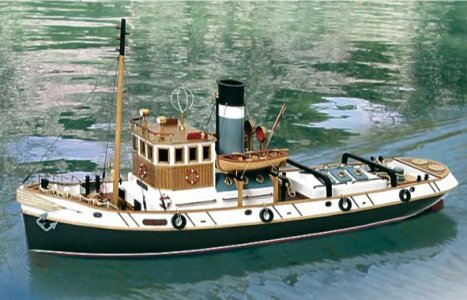Hi guys, well this is an Introduction and an Final Thread all in one.
It is for my American Civil War USN Picket Boat.
It is my first boat I have build since I was a teenager, a long time ago.
I liked it as it was Steam powered, and not overly expensive or big.
I started it about a year ago, but then I saw the Billings African Queen and decided I then wanted to build that, and with a Live Steam Plant.
So when the AQ arrived the Picket Boat got pushed aside.
Anyway when the African Queen was finished I went back and finished this boat.
The kit is from Model Shipways, is 1:24 Scale and 575mm – 23” long
I enjoyed building it and felt it was of high quality and quite detailed.
It has a 12 Pounder Dahlgren Howitzer on the bow.
And I added a Powder Keg and a box of Balls
As well as the cast metal parts and aluminum tubing, there is also photo etch parts. The prop is cast metal.
I just built it as the kit, no mods. But I did widen the rear seats by about 3-4mm, as I felt they were a bit narrow.
I used the ply sheet, don’t throw them out too quickly, and just butted up and glued the excess to the seat pieces.
Then cut and disc sanded the excess back to the seat shape.
The chimney was to have been 1/2'" dowel, I used Aluminum tubing from a wind chime.
Now painting. I just used some Tamiya spray cans I had, the Hull is Gunship Grey, the gunwale and interior is IJN Light Grey, the green is RAF Green.
And no sorry, I didn’t take any build photos.
I shot these photos on a low sun winters day here in Melbourne.
Not ideal as it creates strong and low shadows.
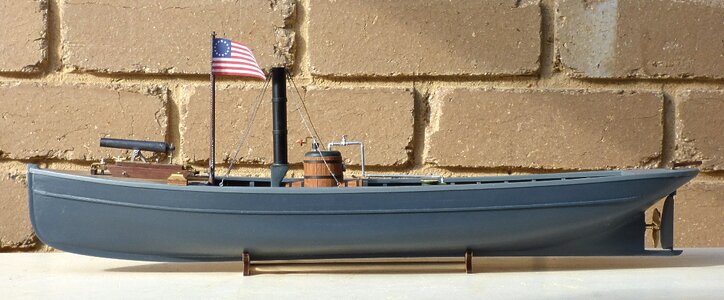
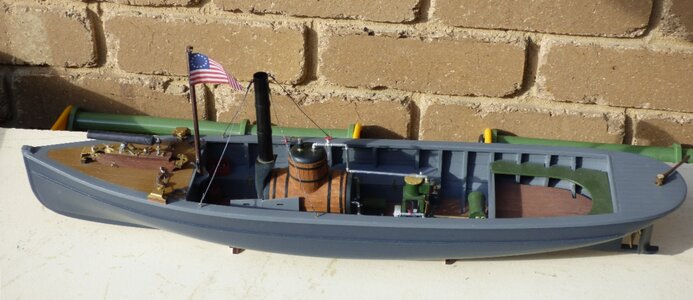
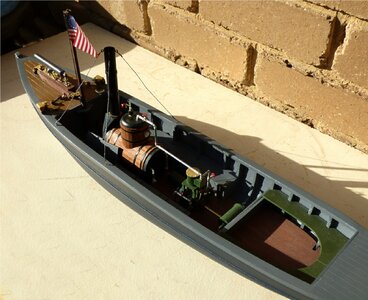
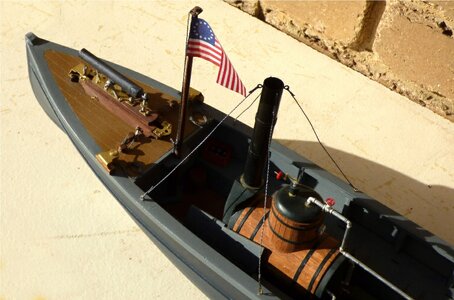
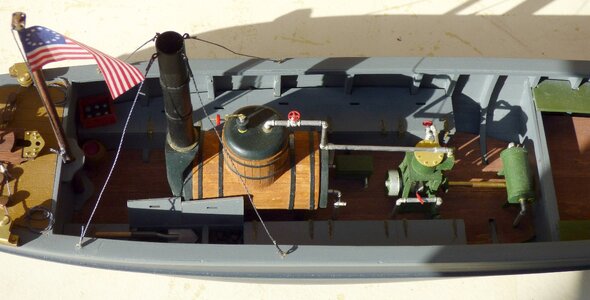
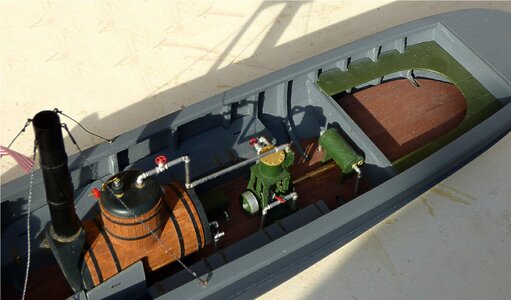
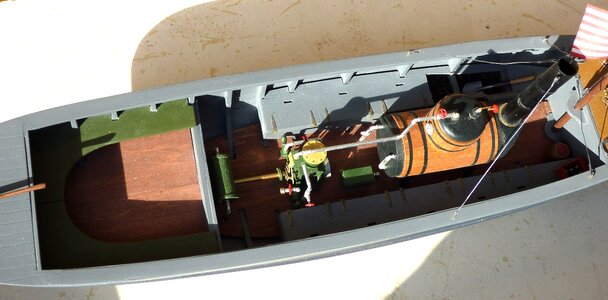
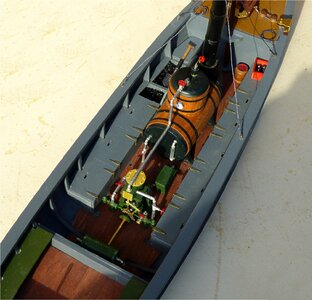
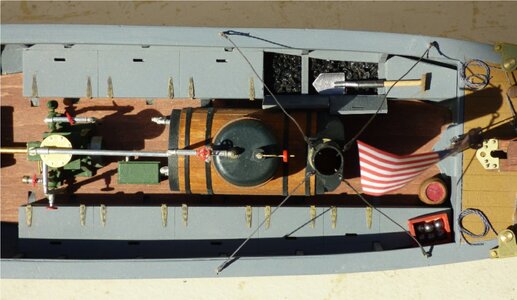
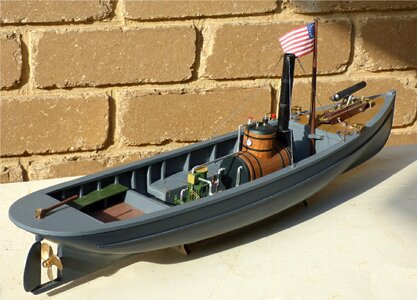
It is for my American Civil War USN Picket Boat.
It is my first boat I have build since I was a teenager, a long time ago.
I liked it as it was Steam powered, and not overly expensive or big.
I started it about a year ago, but then I saw the Billings African Queen and decided I then wanted to build that, and with a Live Steam Plant.
So when the AQ arrived the Picket Boat got pushed aside.
Anyway when the African Queen was finished I went back and finished this boat.
The kit is from Model Shipways, is 1:24 Scale and 575mm – 23” long
I enjoyed building it and felt it was of high quality and quite detailed.
It has a 12 Pounder Dahlgren Howitzer on the bow.
And I added a Powder Keg and a box of Balls
As well as the cast metal parts and aluminum tubing, there is also photo etch parts. The prop is cast metal.
I just built it as the kit, no mods. But I did widen the rear seats by about 3-4mm, as I felt they were a bit narrow.
I used the ply sheet, don’t throw them out too quickly, and just butted up and glued the excess to the seat pieces.
Then cut and disc sanded the excess back to the seat shape.
The chimney was to have been 1/2'" dowel, I used Aluminum tubing from a wind chime.
Now painting. I just used some Tamiya spray cans I had, the Hull is Gunship Grey, the gunwale and interior is IJN Light Grey, the green is RAF Green.
And no sorry, I didn’t take any build photos.
I shot these photos on a low sun winters day here in Melbourne.
Not ideal as it creates strong and low shadows.













